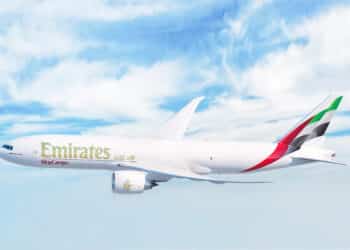Have Europe’s “Big Three” become the “Little Three”?

If there was anything in the report to generate optimism for the rest of the year, it was that European carriers saw their total cargo traffic up 2.8%, and international traffic up 3.6%, over September 2014. That may not sound like something to cheer about, but it is their best performance in eighteen months, and could be taken an indication that the European Union is coming out of a long period of economic and political uncertainty.
Or maybe not. Historically, much of the cargo traffic carried by EU airlines has been flown by Air France-KLM, the Lufthansa Group, and IAG. AF-KLM and Lufthansa are two of the biggest cargo carriers in the world, and IAG, while not quite up there with the really big carriers, is still a significant force. So what are we to make of their September cargo results?
- Lufthansa Group: September cargo traffic down 5.2% y-o-y.
- Air FranceKLM: September cargo traffic down 10.8% y-o-y
- IAG: September cargo traffic down 6.0% y-o-y
How can European carriers report a 2.8% increase in September cargo traffic when the three main players, which carry a huge percentage of that traffic, are all reporting big declines?
Perhaps the answer is in the definition of “Europe.” If we think of just the European Union, then yes, the declines reported by the “big three” would certainly have brought total cargo for the region’s carriers into negative territory. The only other carrier of real cargo significance in the EU is Luxembourg-based Cargolux, and, while Cargolux has been reporting strong growth in cargo traffic it could not, by itself, overcome the drag of the other three.
But look east, and consider that “Europe” is more than the EU. Geographically, Europe also includes Russia and Turkey – home of AirBridgeCargo and Turkish Airlines, respectively. Those two carriers have been reporting y-o-y gains of close to 20% for several years now, and they, along with Cargolux are now a large enough force in the cargo world to balance the three big legacy carrier groups.
So, while it is an obvious exaggeration to say that the “Big Three” have become the “Little Three,” they are certainly not the dominant force in European cargo that they once were.




